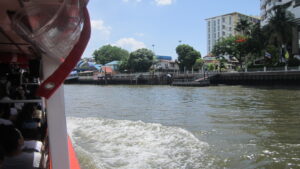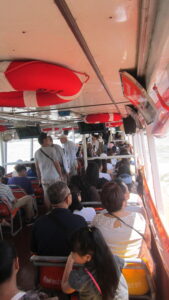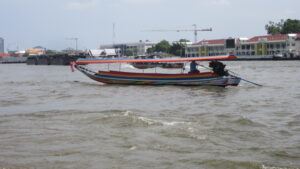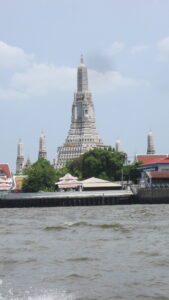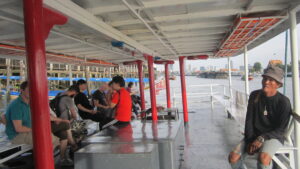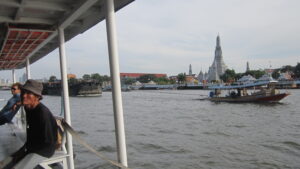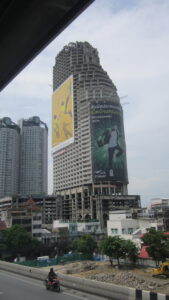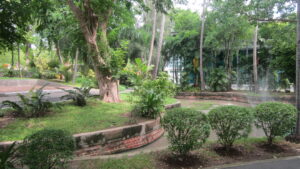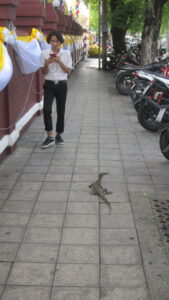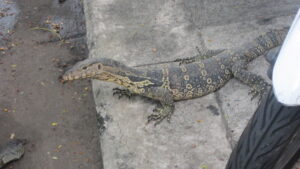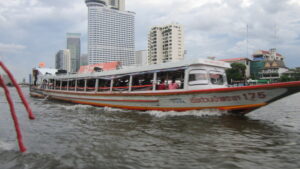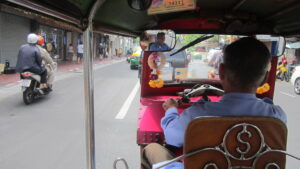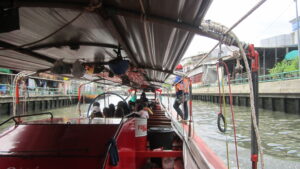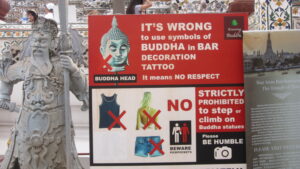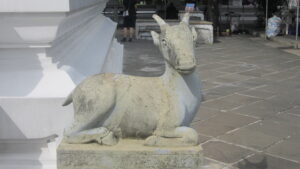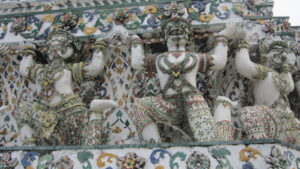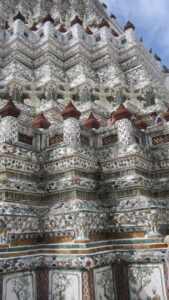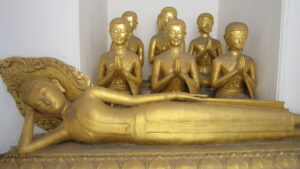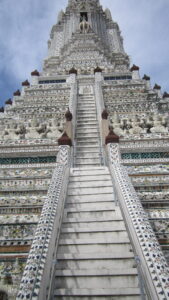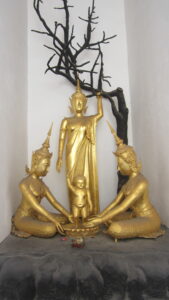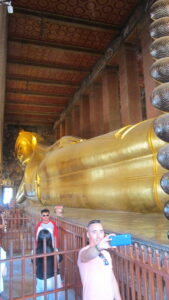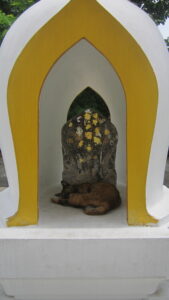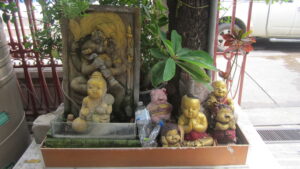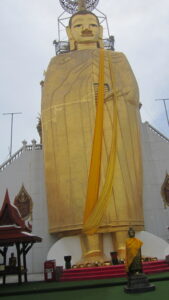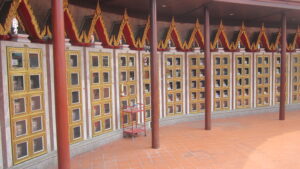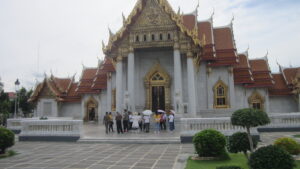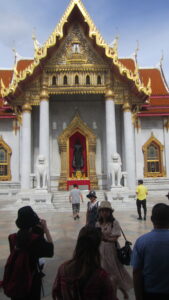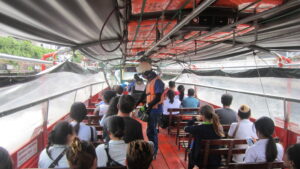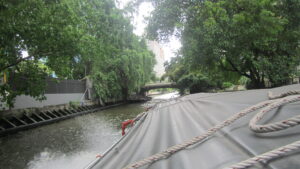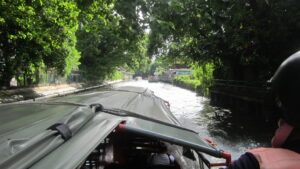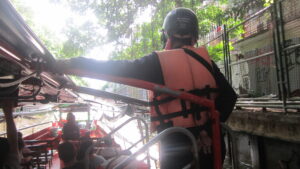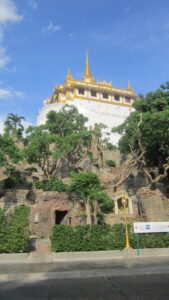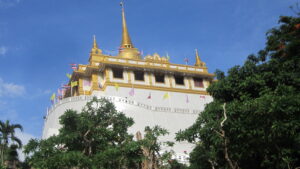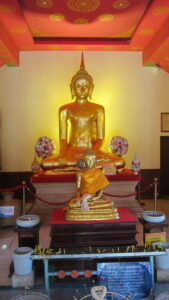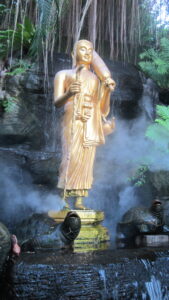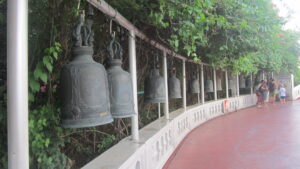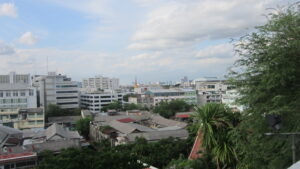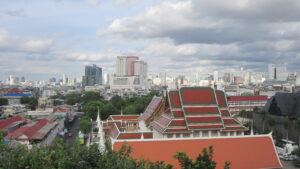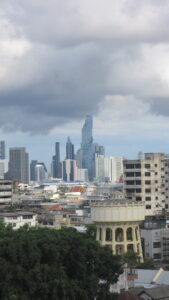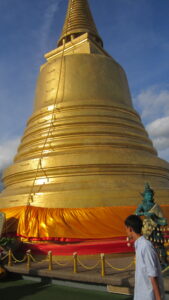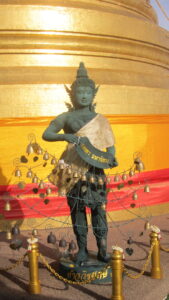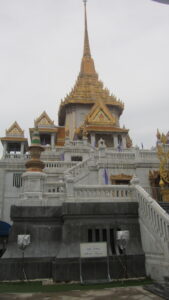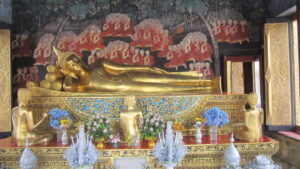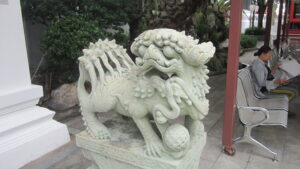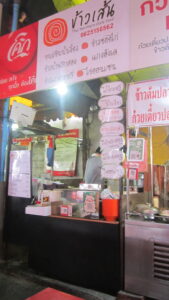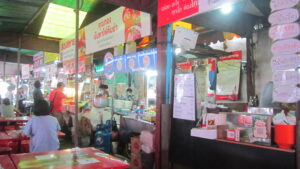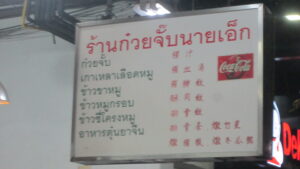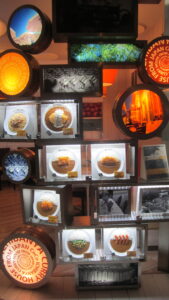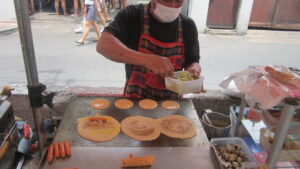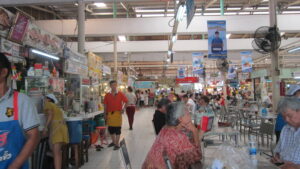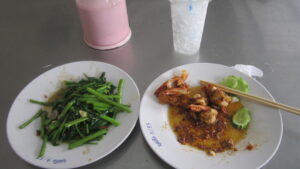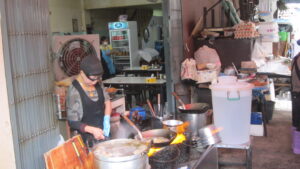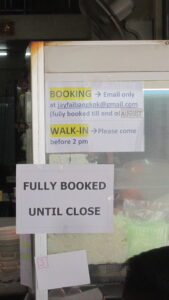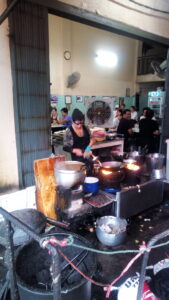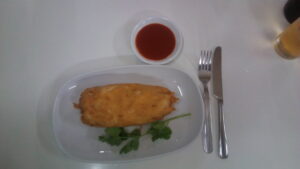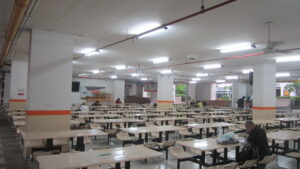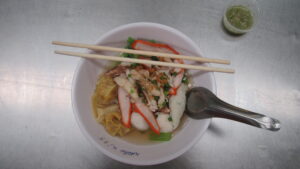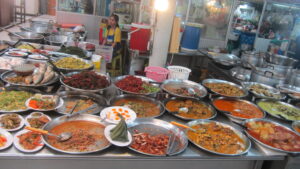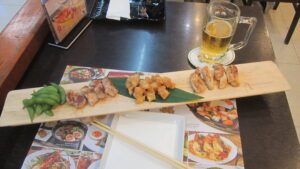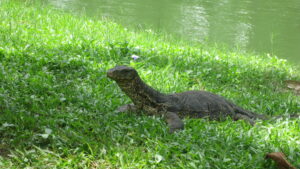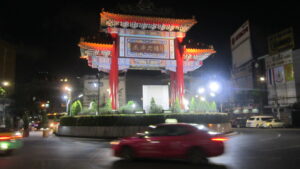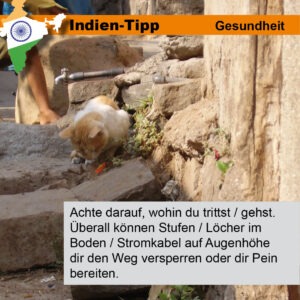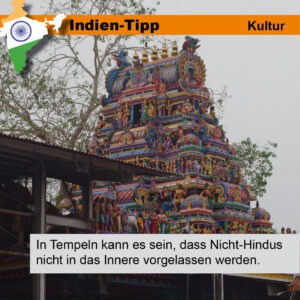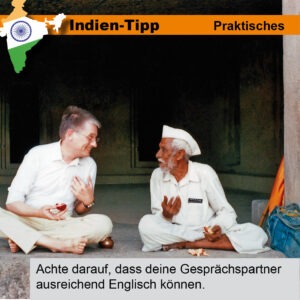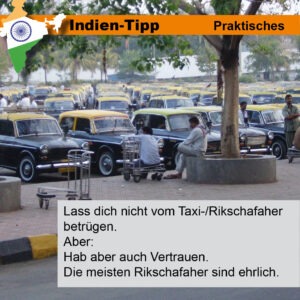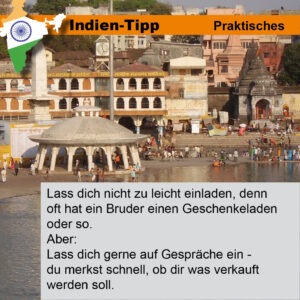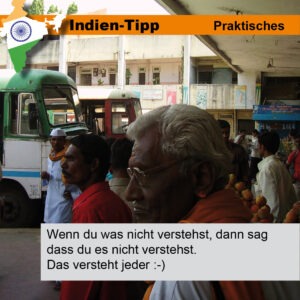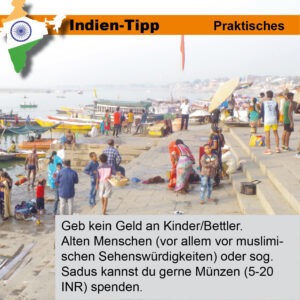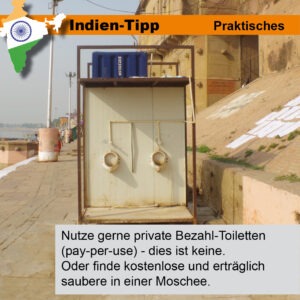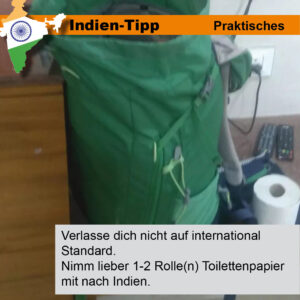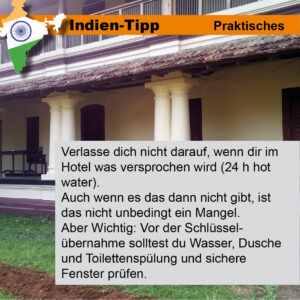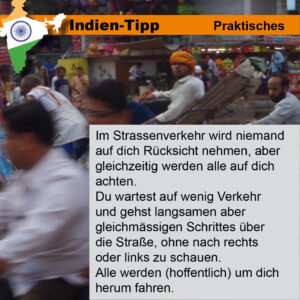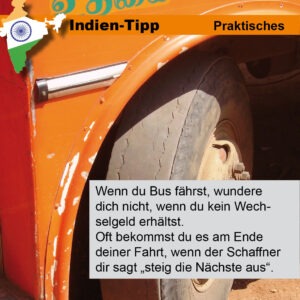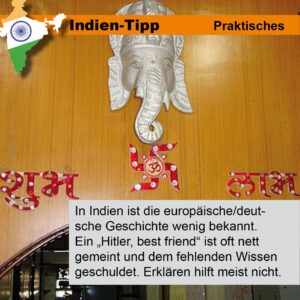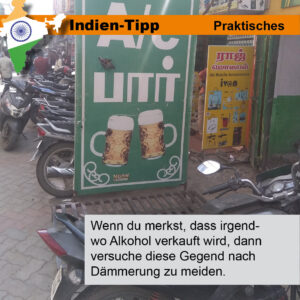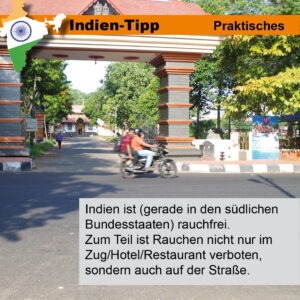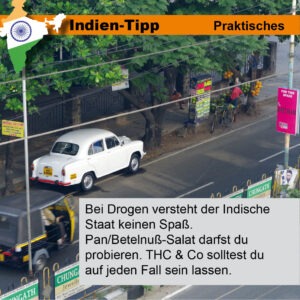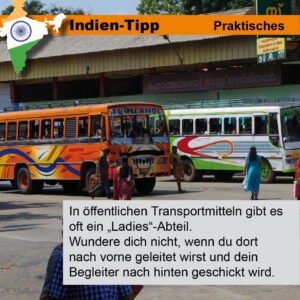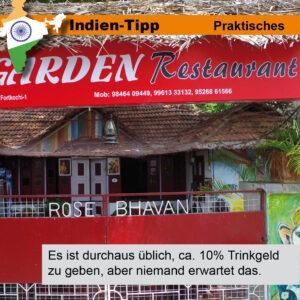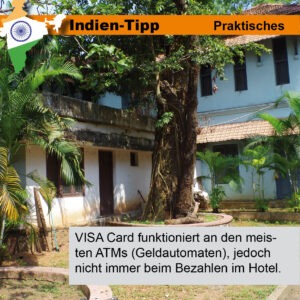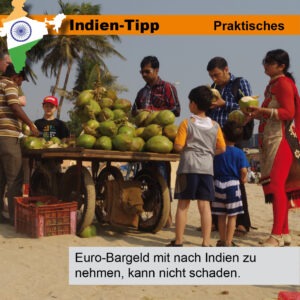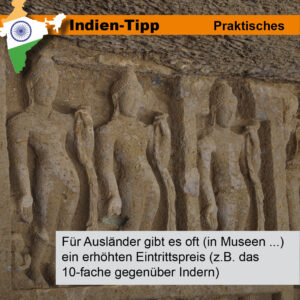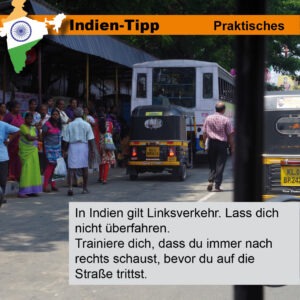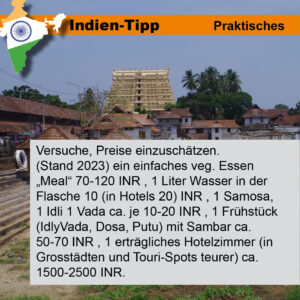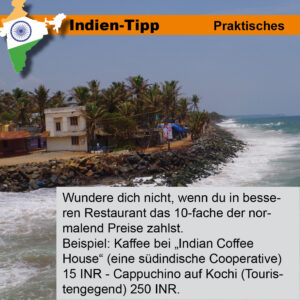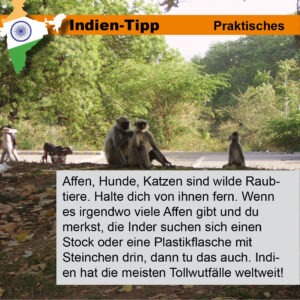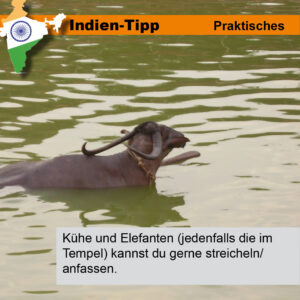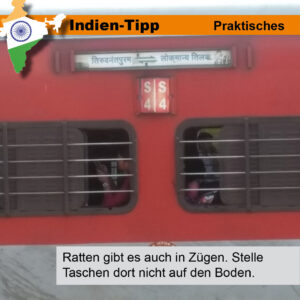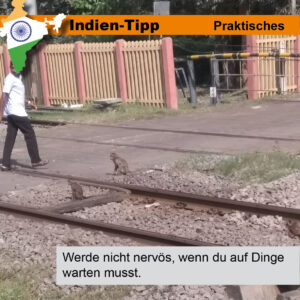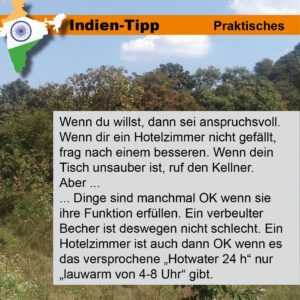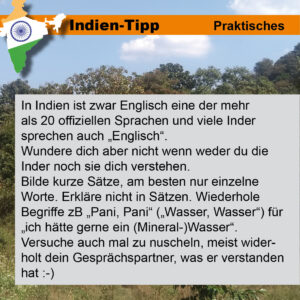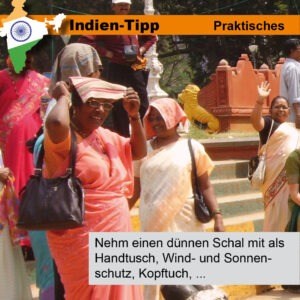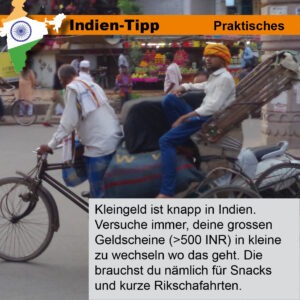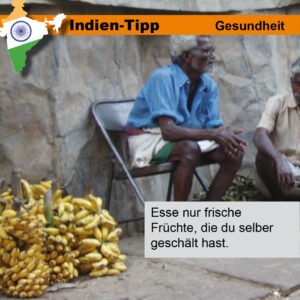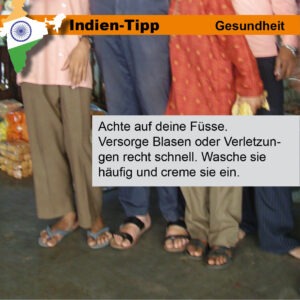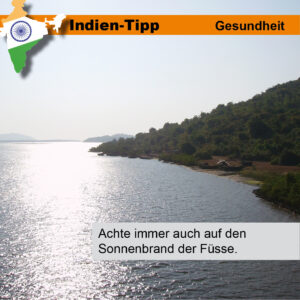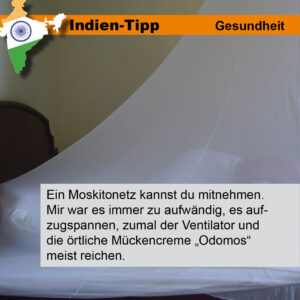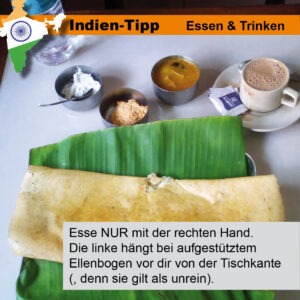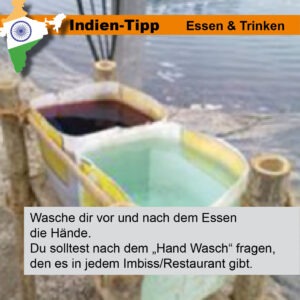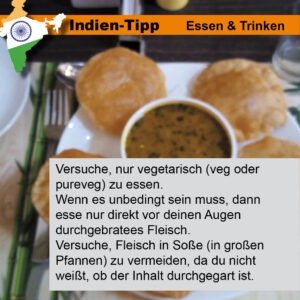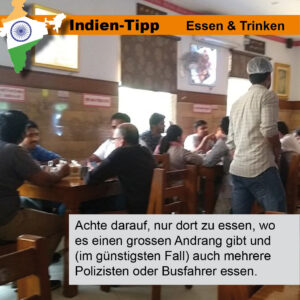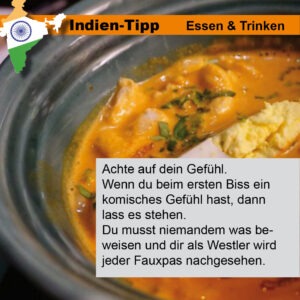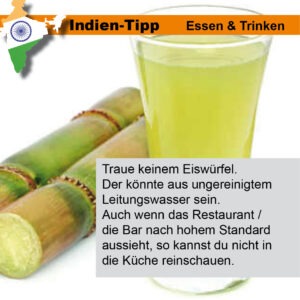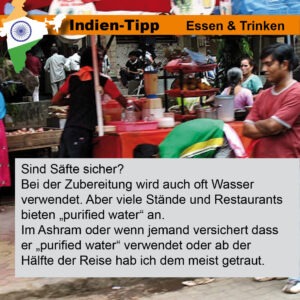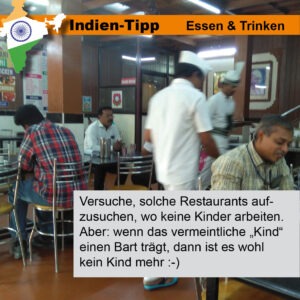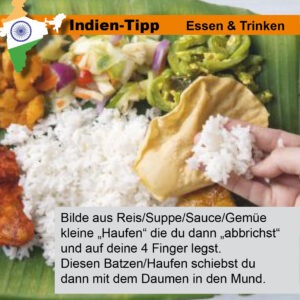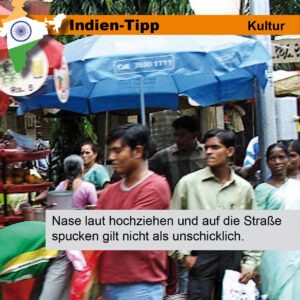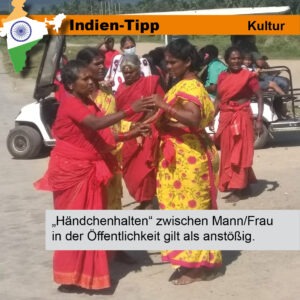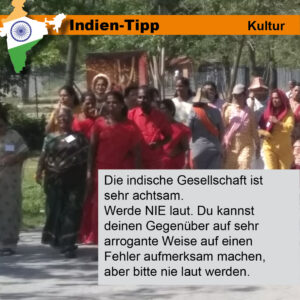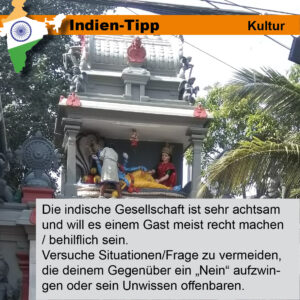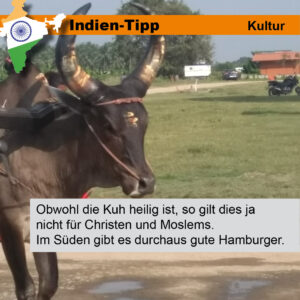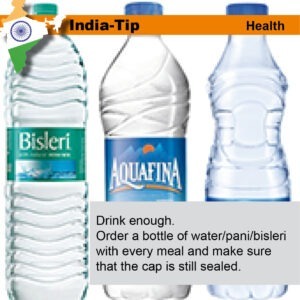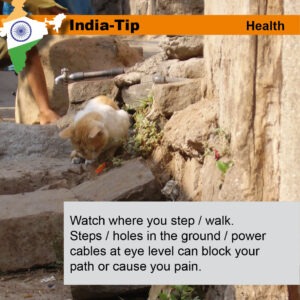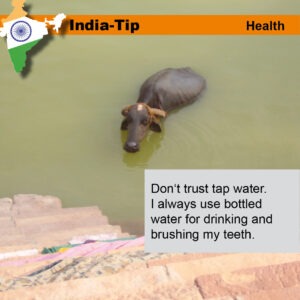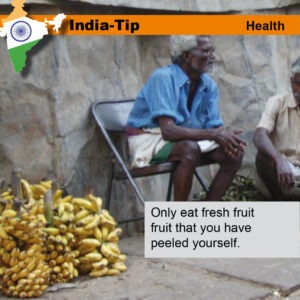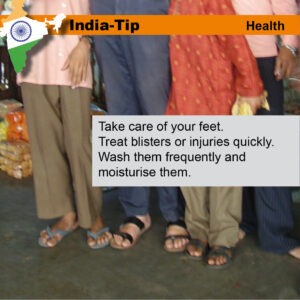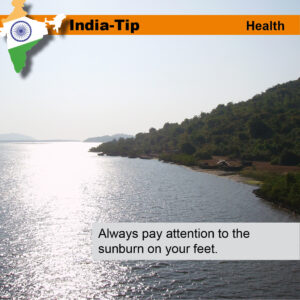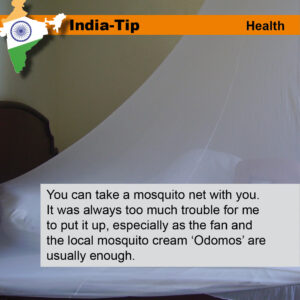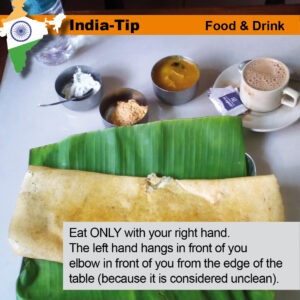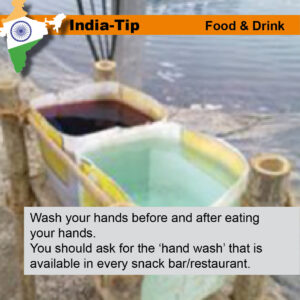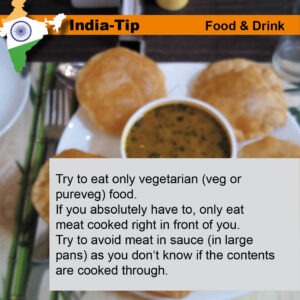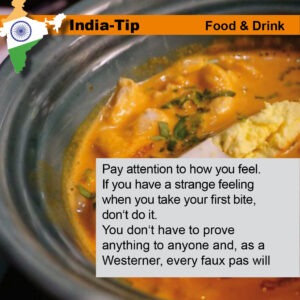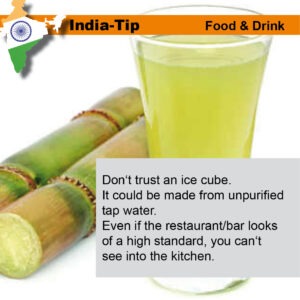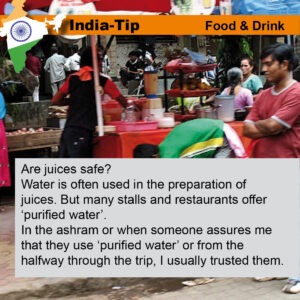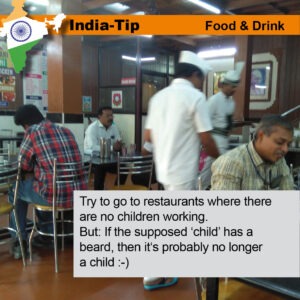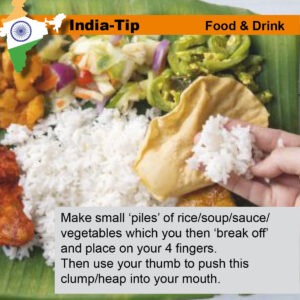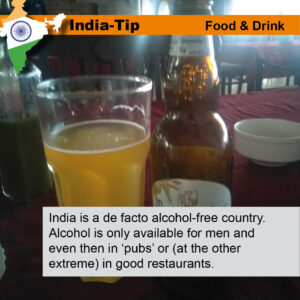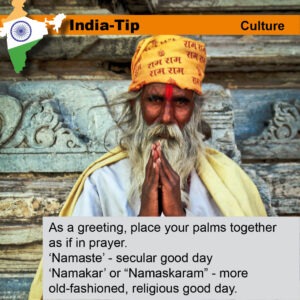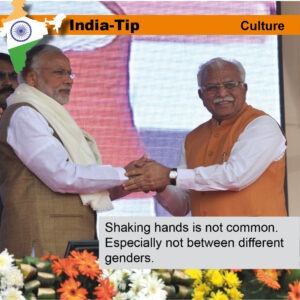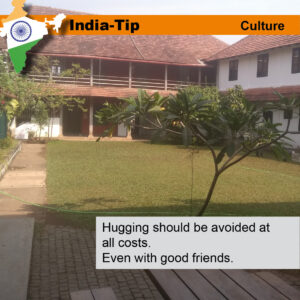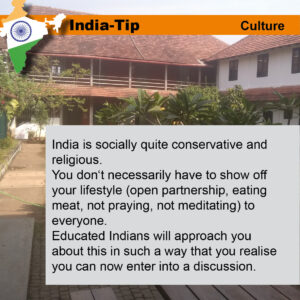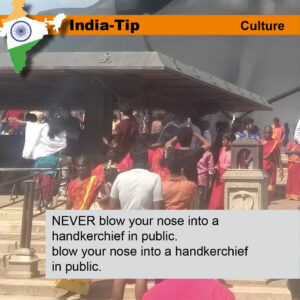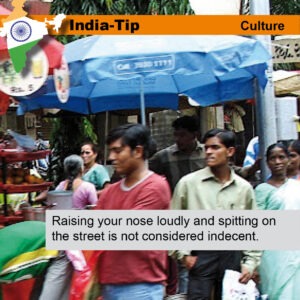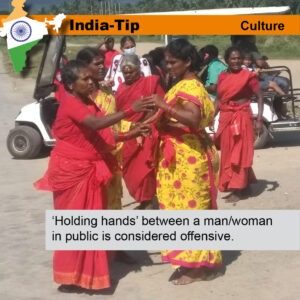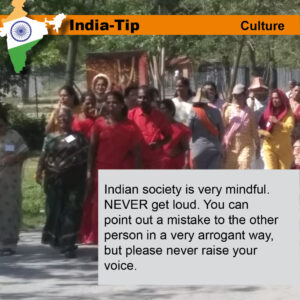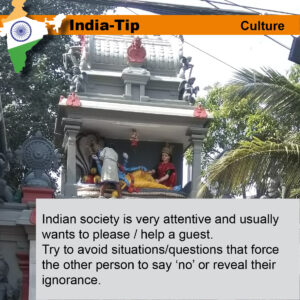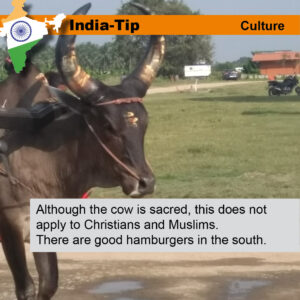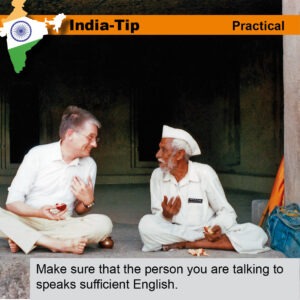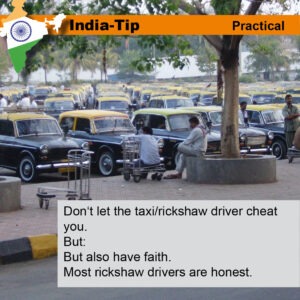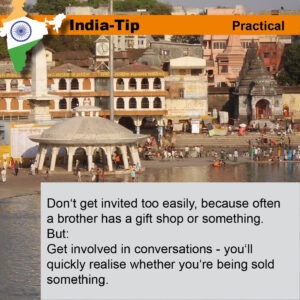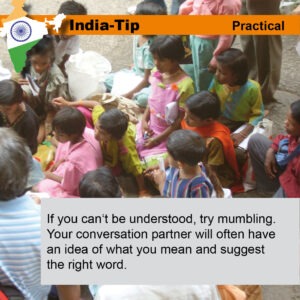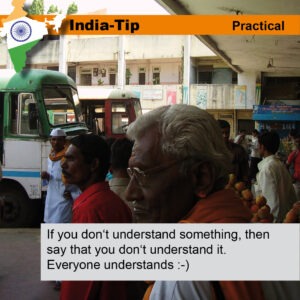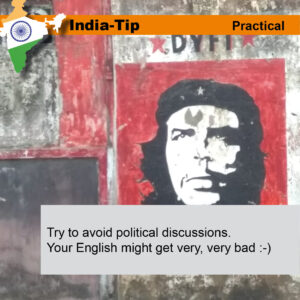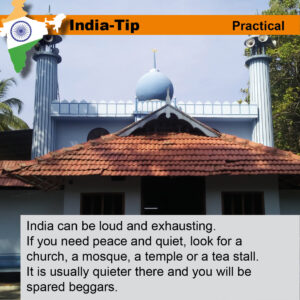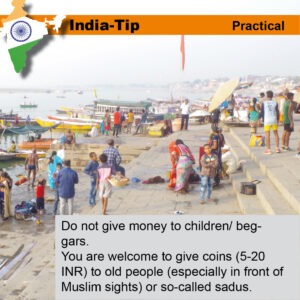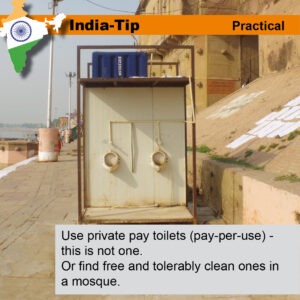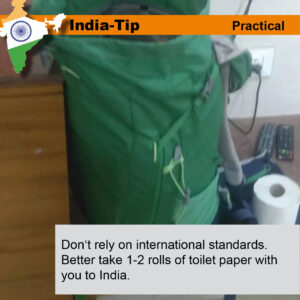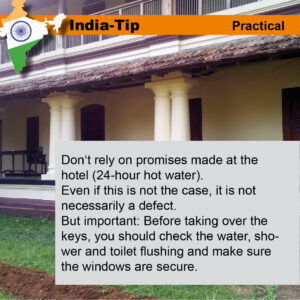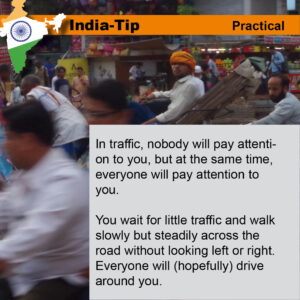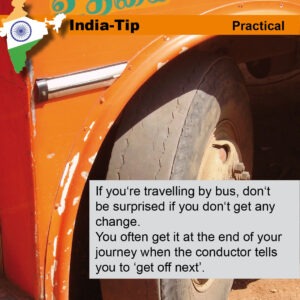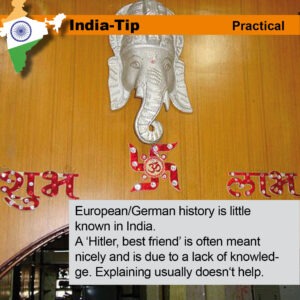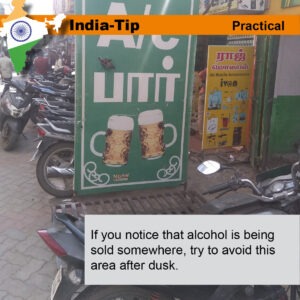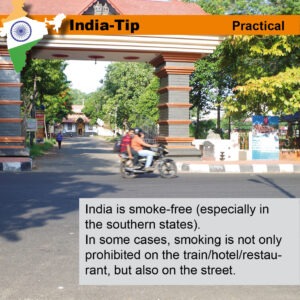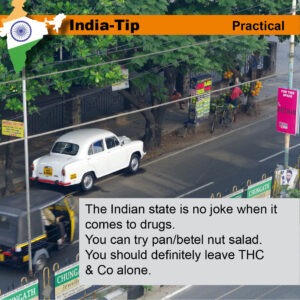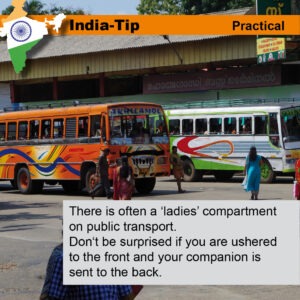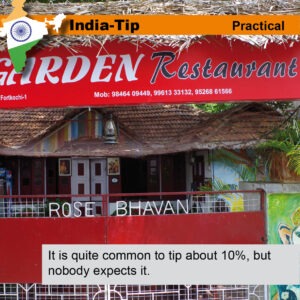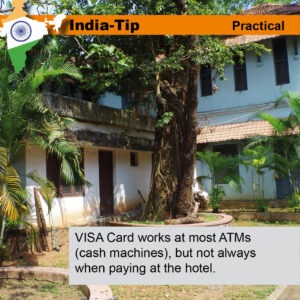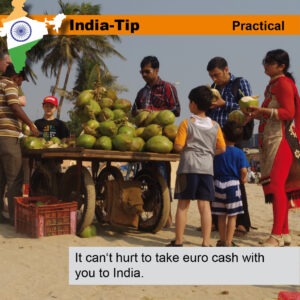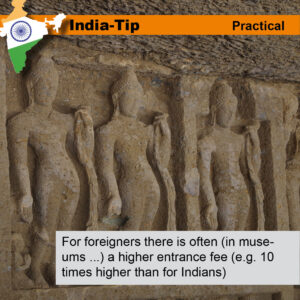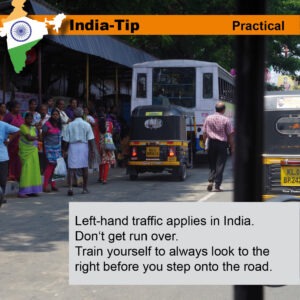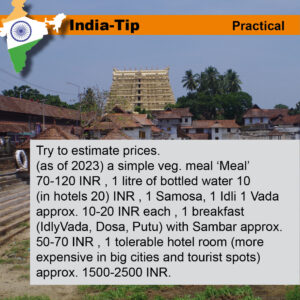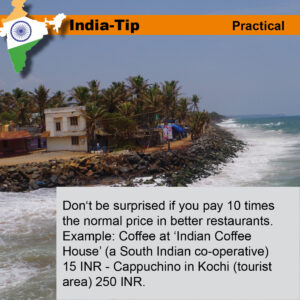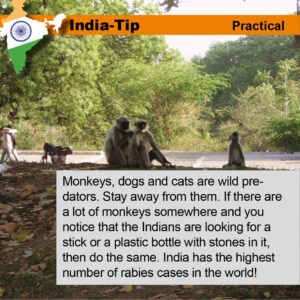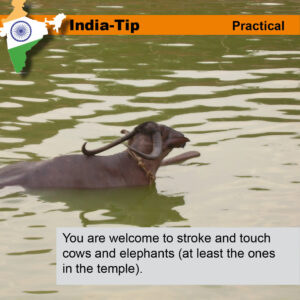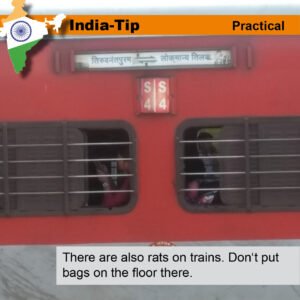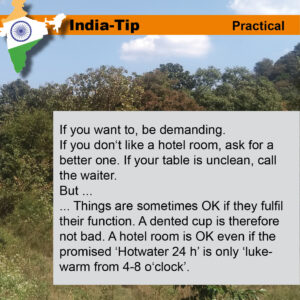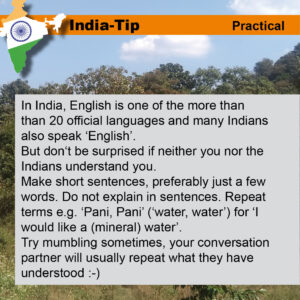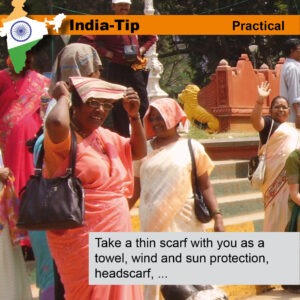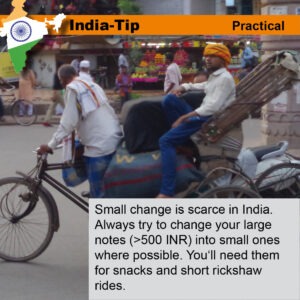You think “it’s not always just India” and then you’re in Thailand and get off the plane in Bangkok.
BankokAfter arriving at Bangkok Airport (Suvarnabhumi), passport control and baggage collection follow; nothing really exciting. The Airport Rail Link is located in the basement. Alternatively, public buses run very cheaply to the city center of Bangkok. This is not exactly the fastest option, but for me it was the best, as I was able to get a first rough impression of the city. Bangkok, the vibrant capital of Thailand, is a fascinating destination. For tourists, the city offers a wealth of cultural, culinary and historical experiences. The magnificent Buddhist temples are particularly impressive. Buddhism shapes the daily life of the Thais and is omnipresent in the cityscape – from monks in orange robes to small house altars on every corner. A particular highlight of Bangkok are the klongs, the traditional waterways that once earned the city the nickname “Venice of the East”. On a boat tour through the klongs on the Thonburi side of the Chao Phraya River, you can discover the original Bangkok – with stilt houses, floating markets and a quiet, almost village-like atmosphere far away from the hectic city traffic. A friend recommended either “Sukumvit” or “Kao San” as home spots. It turned out to be the latter. |
Kao San RoadThe area around Khao San Road in Bangkok is world-famous as a meeting point for backpackers and individual travelers. Centrally located in the Banglamphu district, it is the ideal starting point for exploring Bangkok’s old town with its famous sights such as the Grand Palace, Wat Pho and the Chao Phraya River. But beware: I can only advise against walking along Kao San Road, especially in the evening. It becomes a noisy, beer-swilling party mile that only attracts the ugly faces of mass tourism. Accommodation around Khao San Road ranges from cheap hostels to charming boutique hotels. Those looking for a little more comfort will also find mid-range hotels with pools and rooftop bars in the immediate vicinity. Despite the central location, accommodation here is comparatively inexpensive. In terms of local transport, the area scores points for its good public bus connections and, above all, ferry connections across the Chao Phraya River or through the small klongs. Tuk-tuks and cabs are also available around the clock, although haggling over the price is common and you will probably still be “ripped off”. Khao San Road offers a wide range of culinary delights: street food stalls with pad Thai, mango sticky rice and grilled skewers are just as well represented as international restaurants, vegan cafés and hip bars. The side streets offer more authentic and often cheaper dining options away from the tourist hustle and bustle. There are also quieter corners for those seeking relaxation in the side streets. I had a quiet little hotel in one of the side streets, from where it wasn’t far to the nearest jetty. |
Wat Arum und andere Tempel
Many of Bangkok’s temples can be discovered not only comfortably but also atmospherically by boat from Phra Arthit Pier – I love boating, whether in Bangkok, Kochi or Hong Kong. The small pier is close to the lively Khao San Road and my hotel and is the perfect starting point for a temple tour on the Chao Phraya River. Hop aboard one of the orange-flagged Chao Phraya Express boats and drift downstream. In just a few minutes you will reach Tha Chang Pier – from there it is only a few steps to the Grand Palace and the radiant Wat Phra Kaeo, the temple of the Emerald Buddha. The ornate roofs and gold-decorated facades are a real postcard motif. Just one boat stop further on is Wat Pho with its impressive 46-metre-long reclining Buddha. It is very, very impressive. Opposite, on the other side of the river, is the picturesque Wat Arun, the Temple of Dawn. A short ferry ride takes you directly there, a spectacular sight, especially at sunset. The boats run daily from around 8:30 am to 6:30 pm, with one-way tickets costing around 45 baht. If you want to spend the whole day on the water, it is best to buy a day pass for 150 baht. This is a relaxed way to experience Bangkok from the water – without traffic jams, but with plenty of atmosphere. Whether glittering temples, gently rocking boats or the warm scent of incense sticks – this tour is guaranteed to stay in your memory. |
KlongsIf you want to avoid the big Chao Phraya River, take one of the small boats on the klongs towards Wat Saket (Golden Mount). From here you have a wonderful view over the rooftops of Bangkok. The big advantage is that my favorite street food stall, the legendary Mme. Jay Fai with her “Raan Jay Fai”, is within walking distance from here. The klongs, Bangkok’s historic canals, offer a fascinating alternative to the city’s often chaotic traffic. Once the main traffic arteries, they are now mainly used by locals – but curious visitors can also experience traditional life along the waterways up close. The conductors look a bit like Ninja Turtles with their helmets, life jackets and flip-flops 🙂 The boats are cheap, fast and offer a real Bangkok experience off the beaten tourist track. If you want to discover a different side of Bangkok, you should definitely include the Klongs in your travel plans. |
Essen
Bangkok is considered the street food capital of the world – and rightly so. The smell of grilled meat, fresh herbs and exotic spices wafts from almost every street corner. Classics such as pad Thai, som tam (papaya salad) or mango sticky rice are often available for just a few baht. The street food scene is particularly lively in Chinatown (Yaowarat), where one cookshop follows another – from dim sum to seafood straight from the grill. A culinary highlight is a visit to Jay Fai, the famous street food chef with a Michelin star. In her small, open restaurant, she prepares legendary crab omelettes and spicy noodle dishes in ski goggles and over an open flame – authentic, expensive for street food, but incomparable in taste. Tip: The “Raan Jay Fai” doesn’t actually open until the evening. However, you can sign up on a reservation list for the day from the morning if you want to get a seat on the same day. However, if you are then called, you have to be there. Anyone visiting Bangkok should definitely go with an empty stomach. The variety, quality and unique mix of tradition and creativity make food a central part of the Bangkok experience. |
Lumpini Park and, and …
Lumphini Park is the green heart of the metropolis. It offers a welcome break from the traffic noise. Joggers, families and Tai Chi groups use the park in equal measure. You can go pedal boating on the small lakes, and with a bit of luck you might spot the impressive monitor lizards, which like to sunbathe on the banks and can get really huge. Chatuchak Market, one of the largest weekend markets in the world, is a completely different kind of experience. With over 15,000 stalls, you can find everything here: clothes, art, plants, street food and souvenirs. The market is particularly worth a visit on Saturdays and Sundays – it’s worth coming early. In Little India (Pahurat), you can immerse yourself in a colorful world of saris, spices and sweet specialties such as jalebi. Bangkok’s cultural diversity is particularly evident here – temples, mosques and traders from all over South Asia characterize the district. Just a short walk away is Chinatown (Yaowarat), one of Bangkok’s oldest districts. During the day, the gold stores and tea stores are bustling, while in the evening the main street turns into a paradise for street food fans. Dim sum, oyster omelettes and Chinese herbal drinks are part of the regular repertoire.
|


